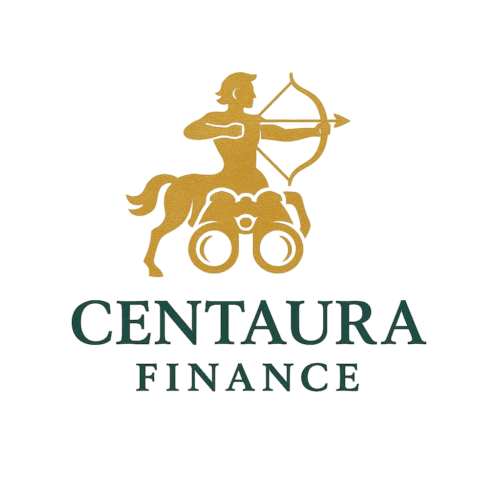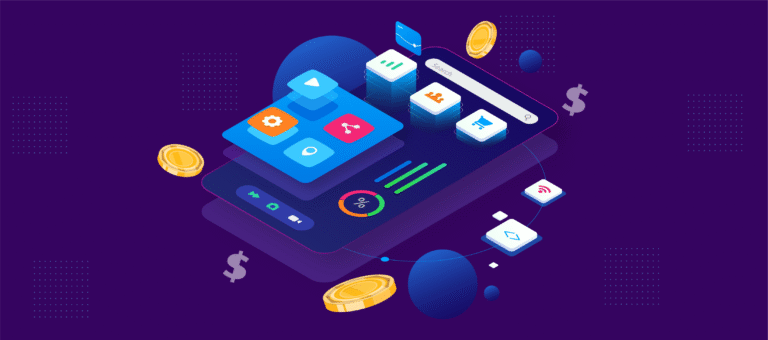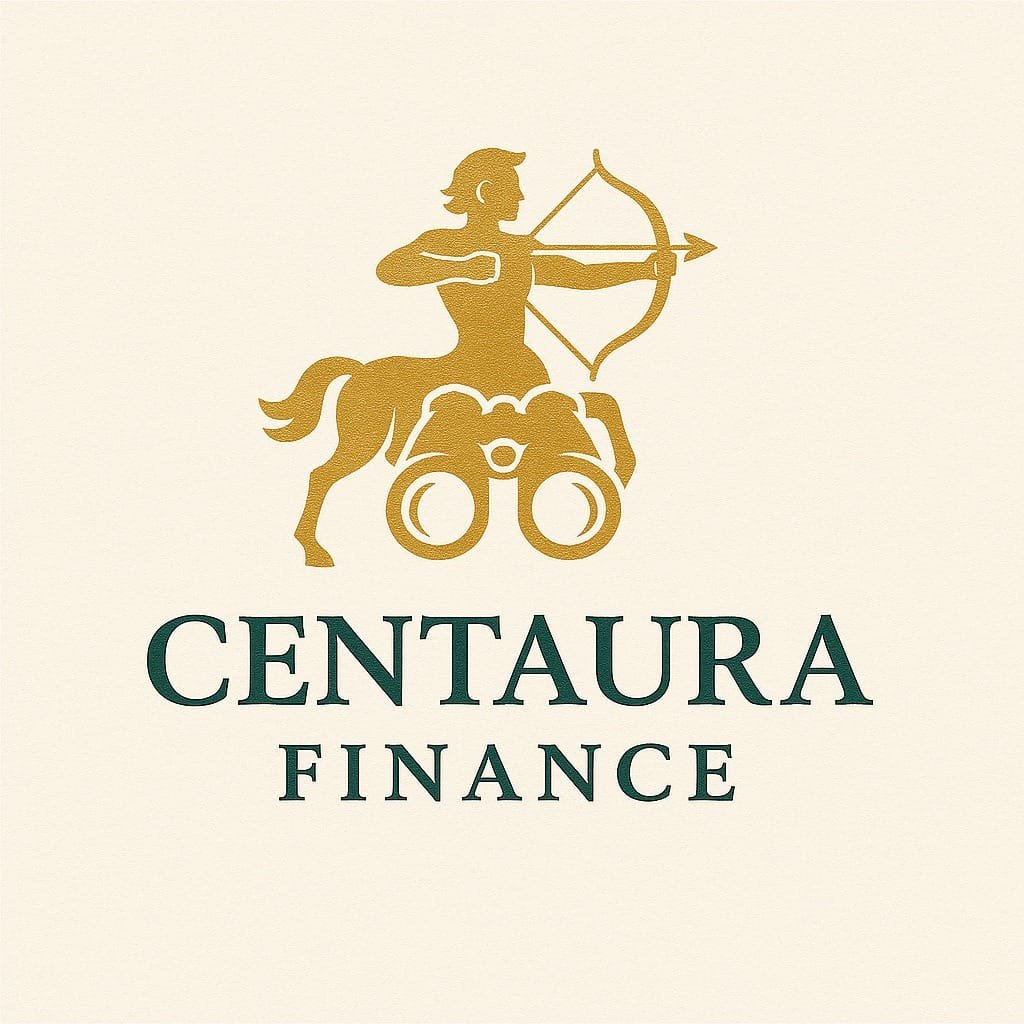Managing your money shouldn’t feel like decoding a foreign language. Yet for many people, personal finance is overwhelming, filled with confusing terms, missed payments, and the fear of not doing it “right.” That’s where technology steps in and why learning how to choose the right Fintech app for personal finance has become more important than ever.
Whether you’re trying to escape the paycheck-to-paycheck cycle, track your spending, build savings, or finally tackle that mountain of debt, there’s a digital tool designed to help you. But with so many options, how do you know which one to trust with your hard-earned money?
In this article, we’ll guide you step-by-step on how to choose the right Fintech app for personal finance, helping you navigate your choices with clarity, confidence, and peace of mind.
Why Fintech Apps Matter in Your Financial Life
Imagine having a personal money coach in your pocket, one that works 24/7, doesn’t judge you, and helps you build smarter financial habits. That’s what today’s personal finance apps can be. Thanks to the rise of Fintech budgeting tools and mobile finance innovations, you no longer need to manage your finances with pen and paper or complicated spreadsheets.
These apps allow you to:
Track expenses in real time
Create and follow budgets
Automate savings
Set financial goals
Receive tailored advice
Even invest with a few taps
But before you download the first shiny app you see, it’s important to choose the one that fits your lifestyle, habits, and goals.
Step 1: Know Your Financial Goals
Before exploring the best budget tracking apps or Fintech comparison guides, start by asking: What do I want this app to help me achieve?
Different goals require different tools:
Budgeting and expense tracking – Apps like YNAB (You Need a Budget) or PocketGuard
Debt payoff – Apps like Tally or Undebt.it
Saving for big goals – Digit or Qapital
Investing – Acorns, Robinhood, or Stash
All-in-one personal finance management – Mint, Monarch, or Empower (formerly Personal Capital)
If you’re unsure, begin with a basic budgeting app and evolve from there.
Step 2: Prioritize Features That Fit Your Lifestyle
Everyone’s financial life looks different. Some juggle student loans, others save for a house, while many just want to stop overdrafting. The right features of personal finance apps should fit naturally into your day-to-day.
Here are the key features to consider:
| Feature | Why It Matters |
|---|---|
| Bank Syncing | Automatic updates make budgeting easy and up-to-date |
| Real-Time Alerts | Helps you avoid overspending or missing bills |
| Goal Setting Tools | Encourages saving for emergencies, travel, or debt payoff |
| Custom Budget Categories | Personalizes your experience to your unique spending habits |
| Security & Encryption | Keeps your sensitive financial data safe |
| Ease of Use | If it’s not user-friendly, you won’t use it |
| AI Insights or Coaching | Offers personalized advice based on your financial behavior |
Apps like Mint and Empower offer comprehensive options, while something like EveryDollar is ideal if you want simplicity and control.
Step 3: Look for Trusted Reviews and Ratings
The best insights often come from real users who’ve been in your shoes. Check:
App store ratings
Reddit threads
Finance blogs
YouTube reviews
Focus on:
How responsive the app is
Customer service quality
Update frequency
Any hidden fees
Long-term satisfaction
Top-rated personal finance apps:
YNAB for detailed budgeting
Empower for holistic financial planning
Acorns for beginner investors
Goodbudget for envelope-style money management
Step 4: Don’t Overlook Data Privacy and Security
You’re trusting an app with sensitive information—bank accounts, spending behavior, even investment data. Safe Fintech apps for budgeting must offer:
End-to-end encryption
Two-factor authentication
Transparent data-sharing policies
Before committing:
Review the app’s privacy policy
Check if your data is sold to third parties
Ensure it’s FDIC-insured (if applicable)
Choose apps that comply with U.S. data protection regulations
Peace of mind is part of good financial health.
Step 5: Test Drive with Free Trials or Freemium Versions
Many top apps offer free trials or lite versions so you can see how they work before investing money. Use this time to explore the mobile finance tools, interface, and overall user experience.
Ask yourself:
Does the layout make sense to me?
Is it easy to link my bank accounts?
Am I checking the app daily or ignoring it?
Is it helping me reach my financial goals?
Step 6: Consider Cost vs. Value
While many apps are free, premium ones like YNAB ($14.99/month) or Monarch ($14.99/month) may feel expensive—until you realize how much they help you save or avoid in fees and interest.
Paid apps often include:
More accurate reporting
Advanced goal setting
Family sharing or couple planning
Ad-free experiences
Remember: A small monthly fee could translate to thousands saved over the long term.
Step 7: Match It with Your Personality
Believe it or not, your money habits are emotional. If you’re a visual learner, pick an app with graphs and colorful dashboards. If you’re detail-oriented, go for one with category tagging. Prefer automation? Choose an app that manages things for you.
Examples:
A working parent juggling school fees and groceries may prefer PocketGuard or Simplifi.
An Excel geek may love Tiller Money, which feeds data directly into spreadsheets.
Real-World Examples: Who’s Using What (and Why)
A Young Couple Saving for a Wedding
Jasmine and Kevin use Qapital. Each time they skip takeout, $10 moves into their “Wedding Fund.” The gamified system keeps them motivated.A Freelancer Juggling Multiple Incomes
Maria uses Monarch Money to track income from clients and plan taxes. She loves the cash flow insights.A College Student on a Shoestring Budget
Jake uses Goodbudget to stick to a $75 weekly food budget using a digital envelope system.
Pitfalls to Avoid When Choosing a Fintech App
Even the best personal finance apps won’t help if:
You don’t update or sync regularly
You ignore alerts and spending limits
You overwhelm yourself with too many tools
You expect the app to fix your finances without changing your behavior
Your mindset matters just as much as the app.
Tips to Maximize Your Fintech App Experience
Use Notifications Strategically – Let alerts warn you about spending, not just promote features.
Set Weekly Check-ins – Spend 10 minutes reviewing your budget and goals.
Integrate Across Platforms – Connect credit scores, taxes, and investment tools.
Customize the App – Rename categories or reorder dashboards.
Treat It Like a Partner, Not a Savior – It supports your effort, not replaces discipline.
Financial Planning with Technology
With the rise of fintech innovations, financial planning with technology is now accessible, personalized, efficient, and engaging.
This article explores how digital tools are transforming financial planning, why it matters for your financial future, and how you can make the most of it.
Final Thoughts
Learning how to choose the right Fintech app for personal finance is a modern act of self-care. You’re not just picking a digital tool—you’re choosing peace of mind, clarity, and control over your financial journey.
So start today. Explore. Test. Learn. The perfect fit is out there waiting to help you grow.


